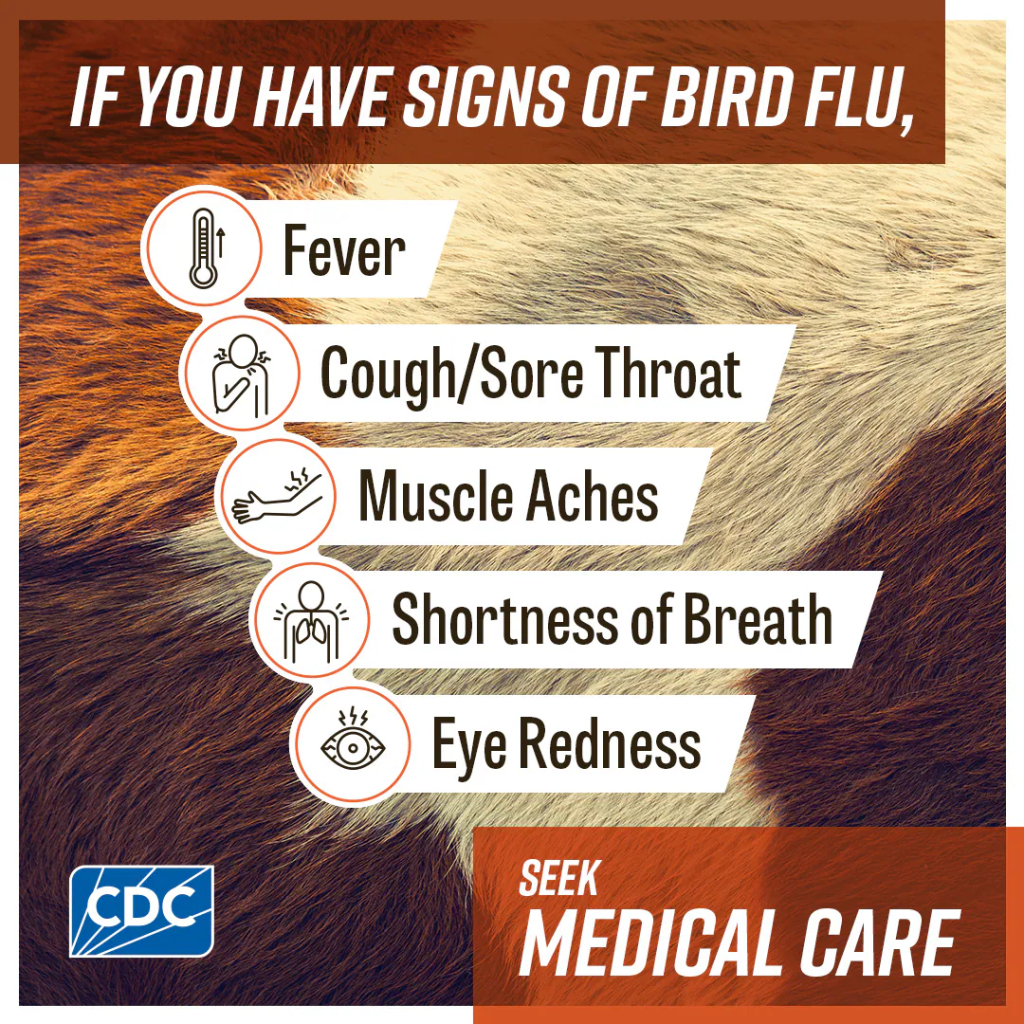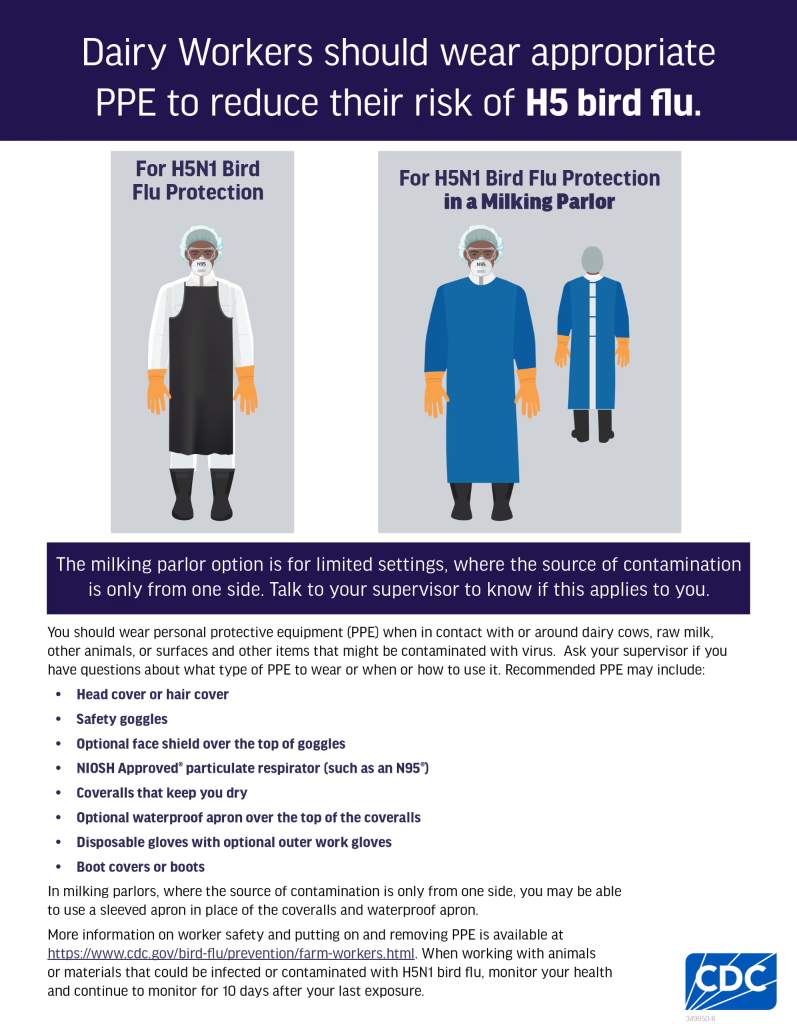The United States has confirmed its first fatality from H5N1 bird flu, a virus known for its severe impact on both avian and human populations. The Louisiana Department of Health (LDH) announced the death of an elderly individual hospitalized with severe respiratory symptoms linked to the virus. This tragic event underscores the importance of understanding H5N1, its symptoms, and the steps necessary to protect public health.
What Is H5N1?
H5N1, also known as avian influenza, is a highly pathogenic virus primarily affecting birds. However, it can occasionally spread to humans through direct contact with infected birds, their droppings, or contaminated environments. Although human cases are rare, they are often severe and have a high mortality rate.

Globally, more than 950 cases of H5N1 have been reported since 2003, with over 460 fatalities, according to the World Health Organization (WHO). While the official case fatality rate is approximately 50%, experts believe mild cases may go unreported, potentially lowering the actual rate.
H5N1 Symptoms
Human infections with H5N1 typically result in:
- High fever
- Cough and sore throat
- Difficulty breathing
- Muscle pain
- Red or watery eyes (conjunctivitis)

Severe cases can escalate to pneumonia, acute respiratory distress syndrome (ARDS), and organ failure. Early detection and medical treatment are critical for survival.
First H5N1 Death In The U.S.
A Louisiana patient, over 65 years old with underlying health conditions, contracted the virus after exposure to a backyard flock and wild birds. The Centers for Disease Control and Prevention (CDC) confirmed that this is the first U.S. death from H5N1 bird flu.
Genetic analysis of the virus revealed mutations that may have increased its severity in the patient, although no evidence suggests human-to-human transmission. Officials emphasize that the general public’s risk remains low.
Jennifer Nuzzo, director of the Pandemic Center at Brown University, stated, “This tragic loss is a stark reminder of H5N1’s potential danger and the importance of continued vigilance.”
Bird Flu Deaths Worldwide
Since its emergence, H5N1 has caused widespread concern due to its severe impact on human health. While this is the first fatality in the U.S., H5N1 has been linked to over 900 human infections worldwide, with nearly half resulting in death.
The Louisiana case is one of 66 confirmed H5N1 infections in the U.S. since early 2024. Most of these cases have been mild, involving individuals with occupational exposure to sick birds.
The virus’s ability to infect a wide range of animals, including wild birds and poultry, increases the likelihood of human exposure. Experts are closely monitoring for signs of further mutations that could enhance the virus’s transmissibility or severity in humans.
Preventing H5N1 Infections

While the current risk to the general population is low, individuals who work with birds or poultry face higher exposure risks. The CDC and health officials recommend the following preventive measures:
General Precautions
- Avoid Contact with Sick or Dead Birds: Do not handle birds or their droppings without proper protective gear.
- Cook Food Thoroughly: Ensure poultry and eggs are cooked to safe temperatures to kill any viruses.
- Protective Equipment: Wear gloves, masks, and eye protection when handling birds or cleaning contaminated areas.
- Watch for Symptoms: Monitor for fever, respiratory issues, or red eyes after exposure to birds. Seek medical attention if symptoms develop.
Additional Safety for Bird Handlers
- Get a Seasonal Flu Vaccine: While not specific to H5N1, it reduces the risk of coinfections.
- Report Unusual Bird Deaths: Notify local agricultural authorities if you observe signs of disease in birds.
Continuing Vigilance Against The Bird Flu
The Louisiana case underscores the need for ongoing surveillance and public awareness of H5N1 bird flu. As the virus continues to circulate widely among wild birds and poultry, the potential for human exposure grows.
Health officials are actively monitoring genetic changes in the virus to detect any adaptations that might increase the risk of human-to-human transmission. Enhanced surveillance, rapid response measures, and adherence to safety protocols are vital to preventing further bird flu deaths.
For updated information on H5N1 symptoms, prevention, and outbreak updates, visit the CDC’s Avian Influenza Information Page.


